Optimal Timing for Storm Restorations
Understanding the optimal time for storm restorations is essential for maintaining the integrity of structures and minimizing damage. Seasonal weather patterns and historical storm activity data influence the best periods for undertaking restoration projects.
Storm restorations are most effective when performed during periods of stable weather, typically outside of hurricane season to ensure safety and optimal working conditions.
Immediate inspections following a storm help identify damage early, but restoration work is best scheduled during calmer weather to ensure quality and safety.
Restoration projects during off-peak seasons often face fewer delays and can be completed more efficiently due to reduced demand for services.
Monitoring weather forecasts can assist in planning restoration work during windows of favorable conditions, reducing risks associated with storms.

Assessing damage promptly after storms helps prioritize restoration efforts and prevent further deterioration.
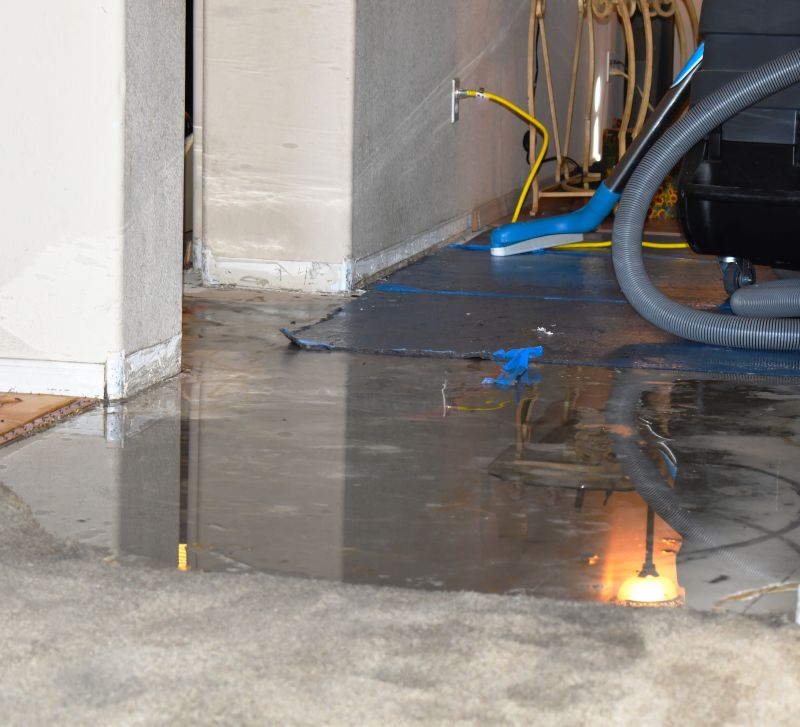
Having equipment prepared during favorable weather ensures quick response when storms occur.

Timely repairs reduce long-term damage and restore safety and functionality.
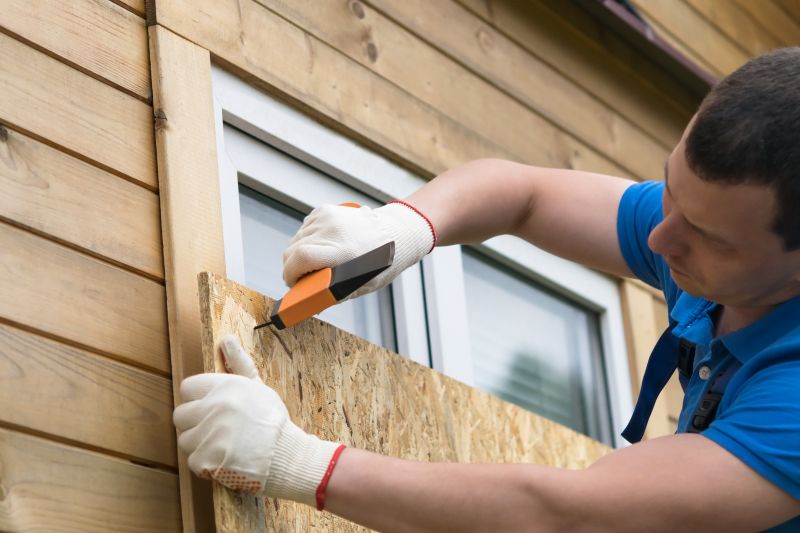
Planning ahead can streamline restoration processes and reduce downtime.
| Factor | Impact on Timing |
|---|---|
| Storm Season | Peak storm activity occurs during specific months, influencing the timing of restorations. |
| Weather Conditions | Stable weather allows for safer and more efficient restoration work. |
| Damage Severity | More extensive damage may require longer planning and preparation periods. |
| Resource Availability | Availability of materials and skilled labor can affect scheduling. |
| Regulatory Requirements | Permits and inspections may be necessary, influencing project timelines. |
| Safety Considerations | Ensuring worker and public safety is paramount in timing decisions. |
| Historical Storm Data | Patterns can help predict optimal windows for restoration activities. |
Storm restorations involve repairing and restoring structures affected by severe weather events. These projects can include roof repairs, siding replacements, window reinforcements, and other structural improvements. Proper timing not only ensures safety but also enhances the quality and durability of repairs. Data indicates that performing restoration work during periods of calm weather reduces delays and improves outcomes.
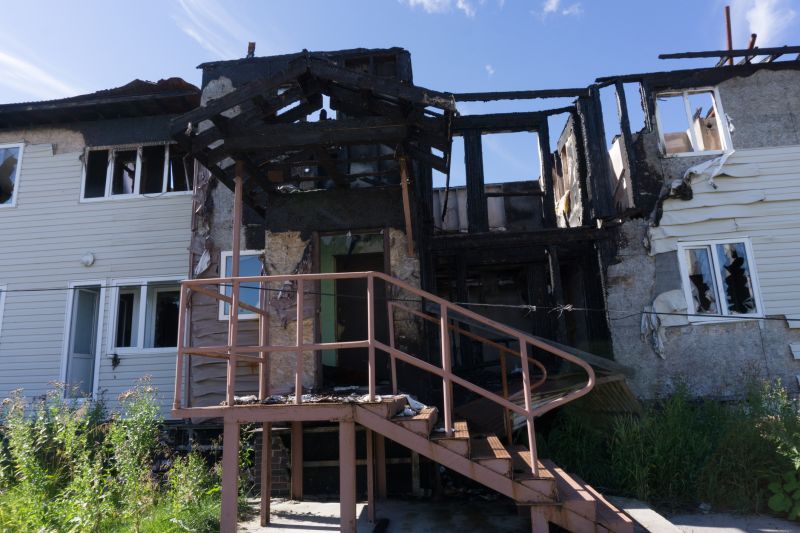
Restoring structures promptly after storms helps prevent further deterioration.

Preparedness ensures rapid response during storm events.
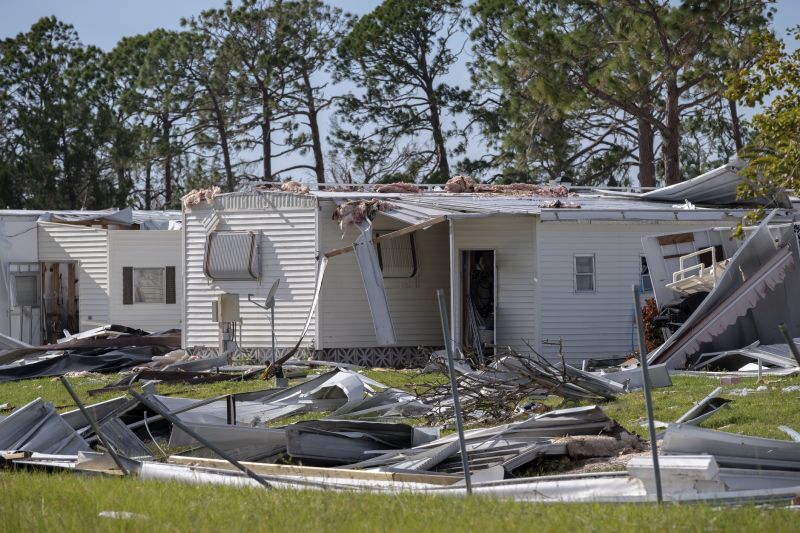
Strengthening vulnerable areas before storms can reduce damage.
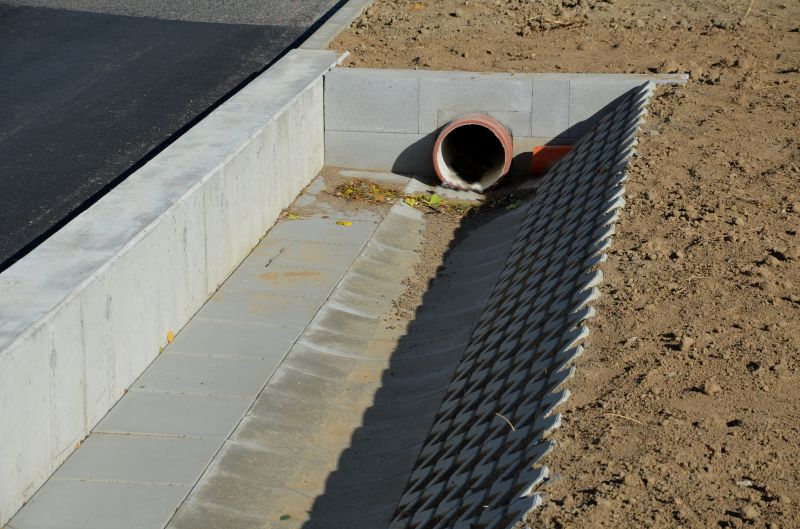
Strategic planning accelerates recovery efforts after storms.
Interested parties are encouraged to contact for further details on scheduling storm restorations. Proper timing maximizes safety, efficiency, and durability of repairs, helping to mitigate future storm impacts.

